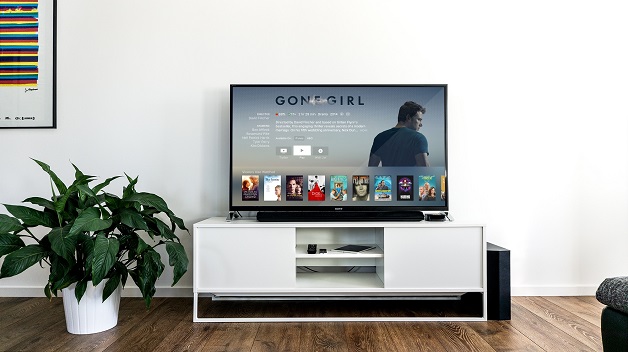Is your TV a computer in disguise, playing shows not only from broadcast networks but also from apps like Twitch or Netflix? TV viewing has evolved from the days of “Must See TV” with popular shows packed into one night to current options including time shifting, mobile streaming, and intelligent TVs. New devices not only provide consumers desired content personalization and recommendations, but also raise questions about how device makers and advertisers can address consumer privacy issues in this new medium.
The FTC’s Smart TV seminar explored this new entertainment ecosystem where TVs can run apps and recommend programming, while advertisers can simultaneously deliver more effective and targeted ads. The workshop featured consumer advocates, researchers, ad industry representatives, and Smart TV developers.
“Why is there no privacy button on my TV remote?” asked the Consumer Understanding panel. The varying answers to that question highlighted a range of issues in the space. First, standard practices of notice and consent can become difficult to implement in an interface where the user interacts with the screen through a TV remote. Second, varying consumer expectations may not keep pace with rapidly advancing technology, leaving gaps in consumer comprehension if they are asked to agree to jargon-laden terms of use. Third, the coordination problems among OEMs, software developers, advertisers, and content creators make unified solutions difficult to implement. This highlights the tension between the simplicity of a one-click-solution and the fear of cluttered interfaces bloated with too many single-purpose buttons.
On the other hand, panelists recognized that Smart TVs can enable a wider range of entertainment choices, pointing to the success of shows like Arrested Development and The Mindy Project which have been picked up by streaming video providers. The metrics available to advertisers and content creators can help make the case for continuing a show with a small but devoted audience, leading to greater diversity of shows produced.
Panelists suggested device manufacturers and software designers look to existing disclosure guidelines and frameworks used in software today, and adapt them for Smart TVs. Importantly, consumers may not understand that smart devices transmit similar metrics as collected online. TiVo, for instance, offers consumers privacy options both when the device is started, and through the settings accessible on their website, allowing consumers multiple opportunities to express their preferences. Other panelists noted the challenge of explaining new technologies to consumers without overwhelming them with too much text and jarring disclosure popups.
Obtaining informed consumer consent and abiding by notice and choice principles will continue to be important in a world where TVs behave more like web browsers than passive display screens. Industry will have to figure out the best ways to abide by those principles in this new media. The FTC did not indicate that it will be releasing any follow-up reports in this area, but did encourage attendees to return for PrivacyCon in January, when researchers will present on various emerging privacy and security topics.


